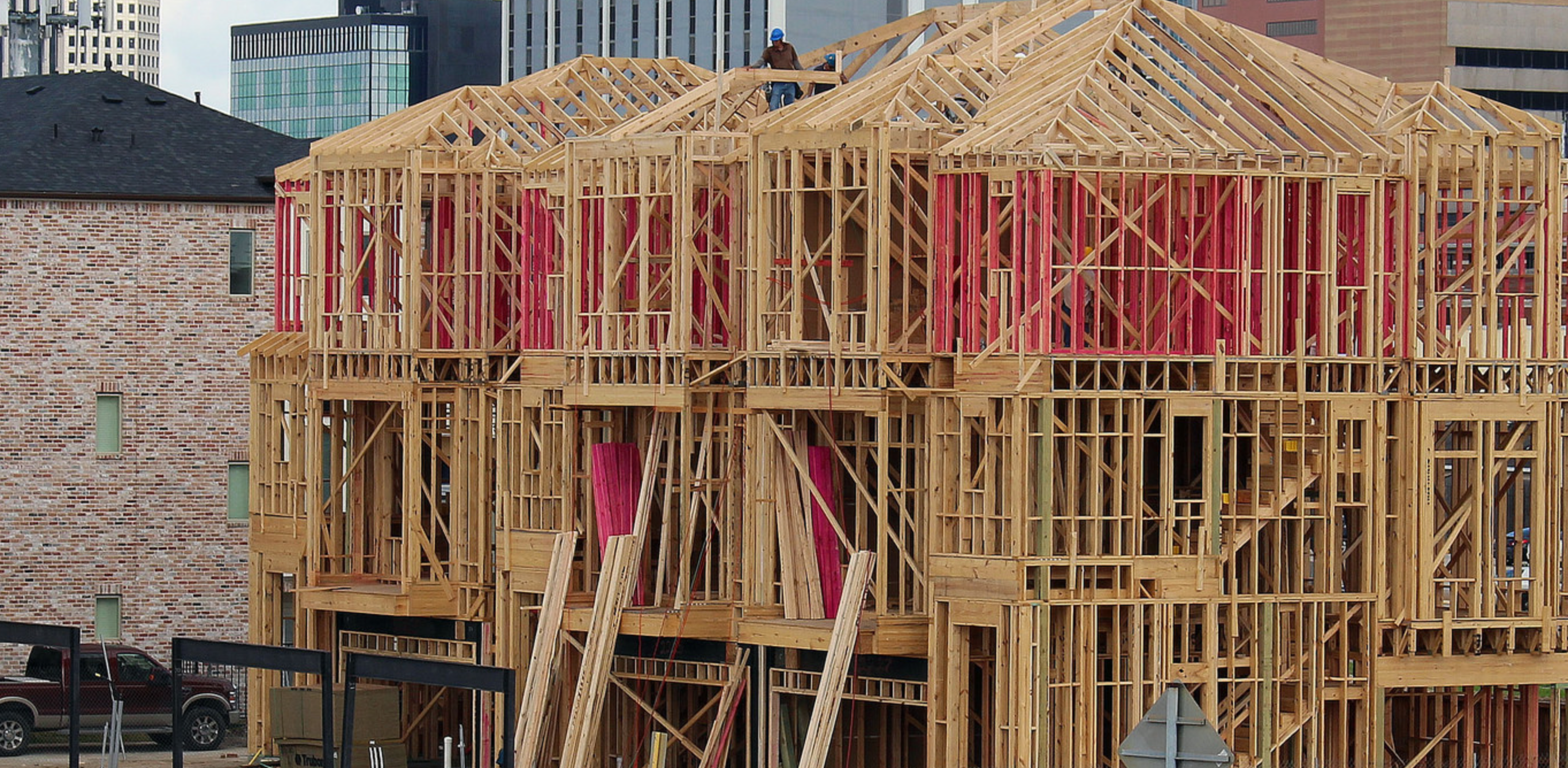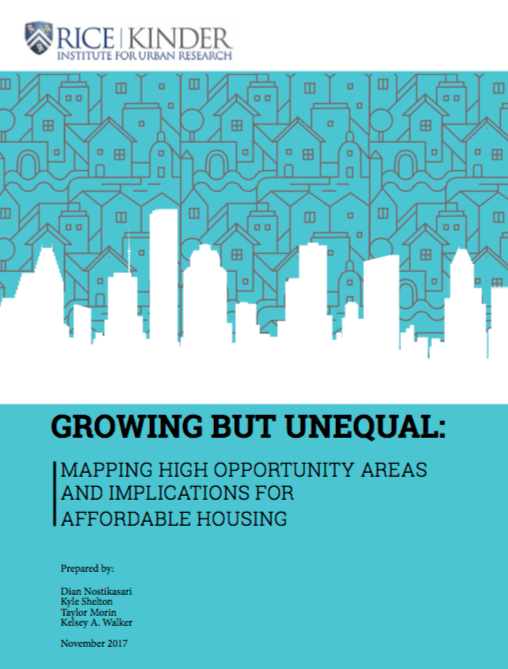Cities across the country are facing affordable housing shortages. One of the most frequently used tools in addressing this gap is the Low-Income Housing Tax Credit (LIHTC), which provides tax credits to developers who supply or rehab affordable housing. But the program has historically located new low-income housing in low-income neighborhoods, further segregating cities.
More recently, a debate has emerged about the most effective placement of these tax credit projects. Should they be in revitalizing or underserved neighborhoods as a source of stable housing? Or located in wealthier, so-called high-opportunity neighborhoods with access to good schools, transportation and jobs?
Houston finds itself in the middle of this debate and under federal investigation for its fair housing practices. This report looks at how the state's process for awarding low-income housing tax credits shapes the location of those developments in Houston.




